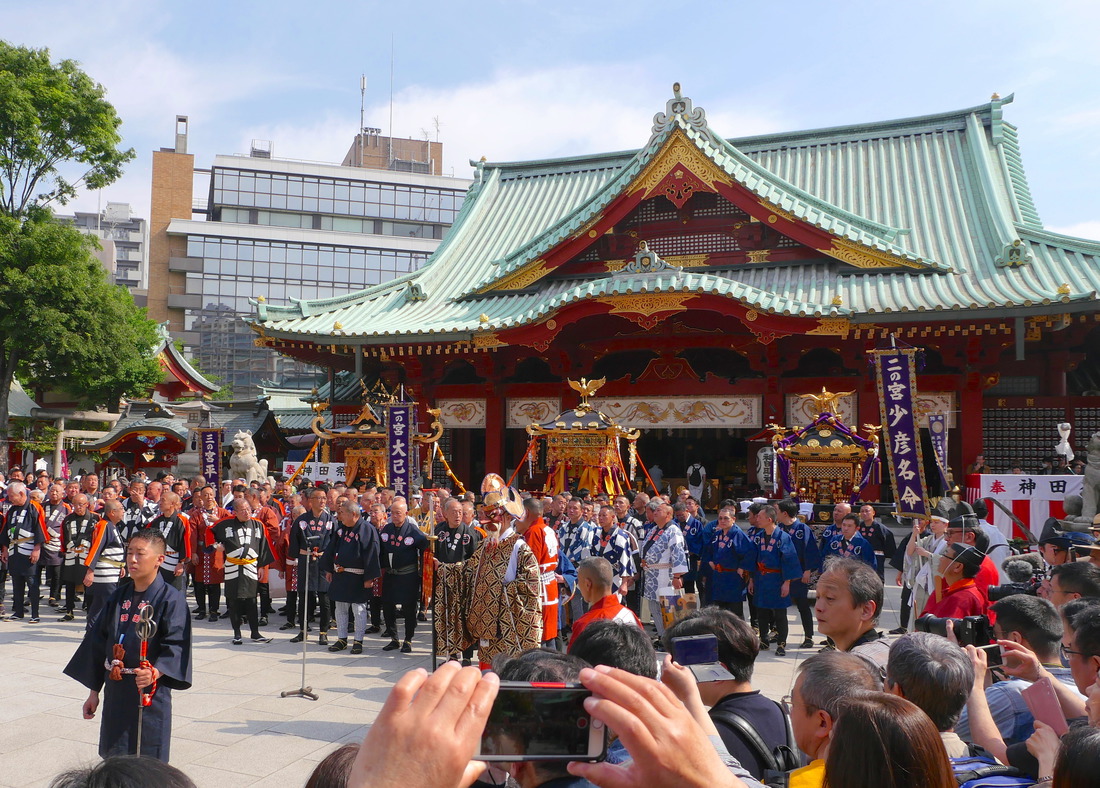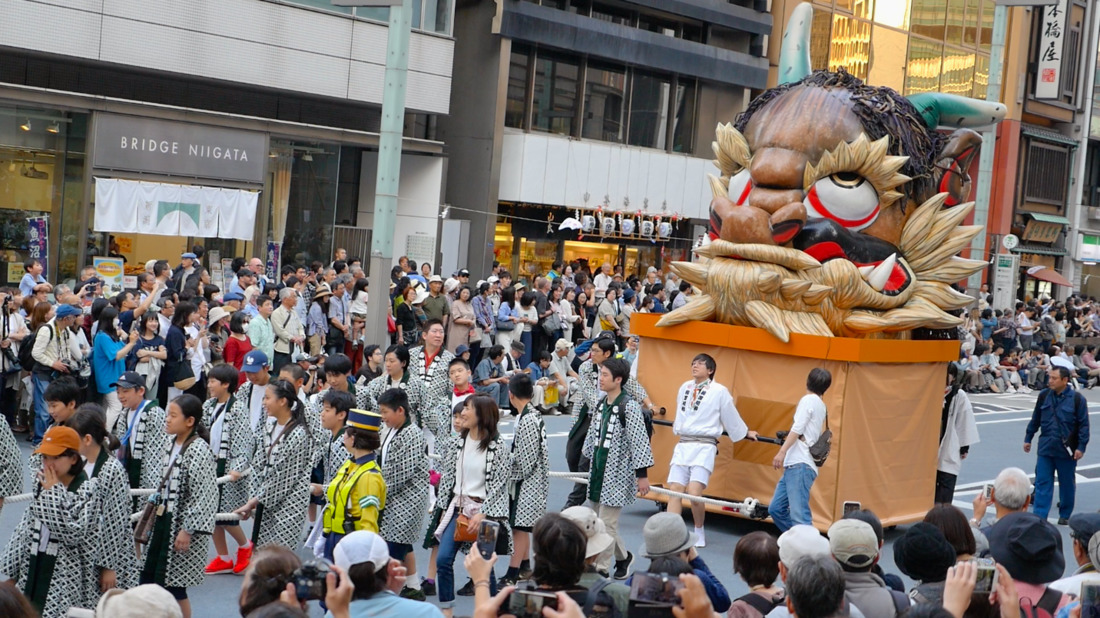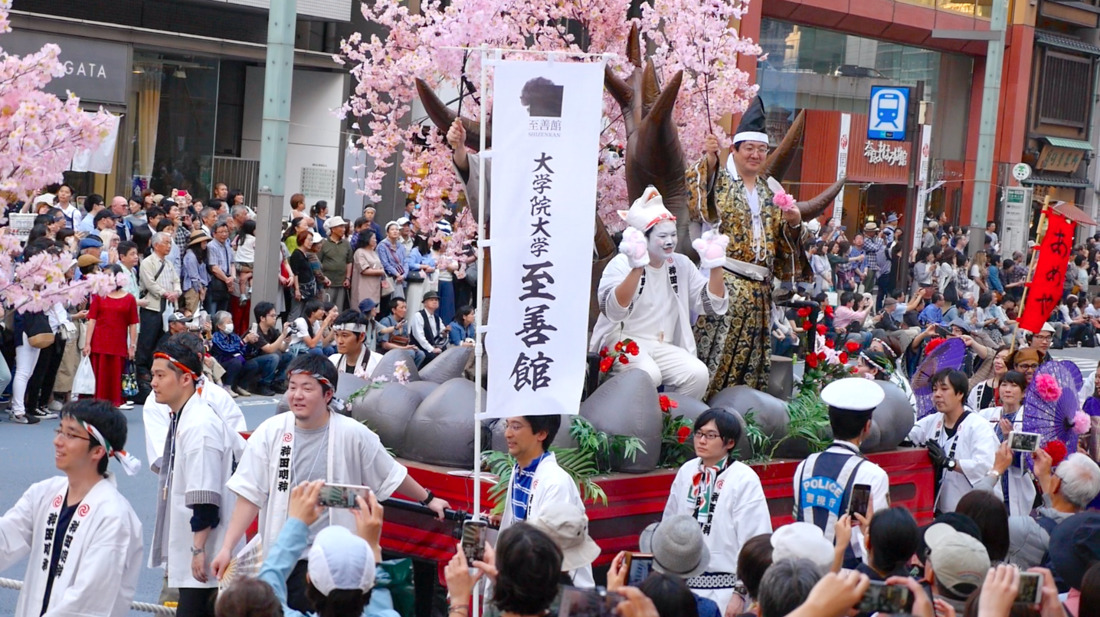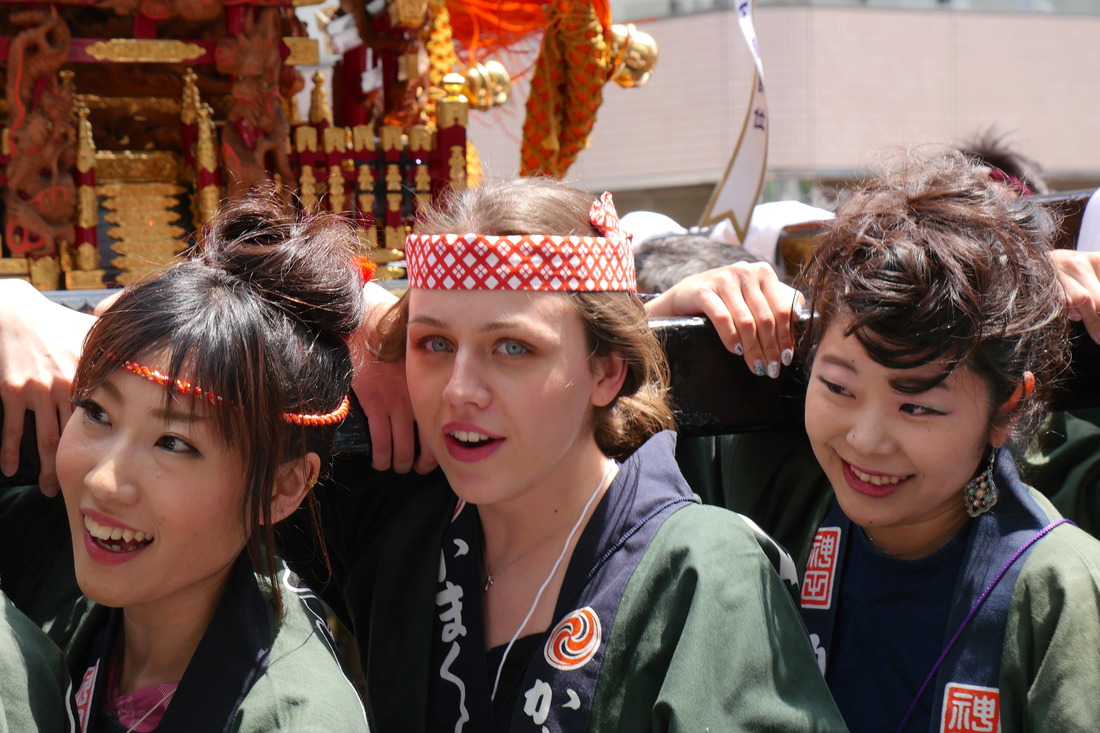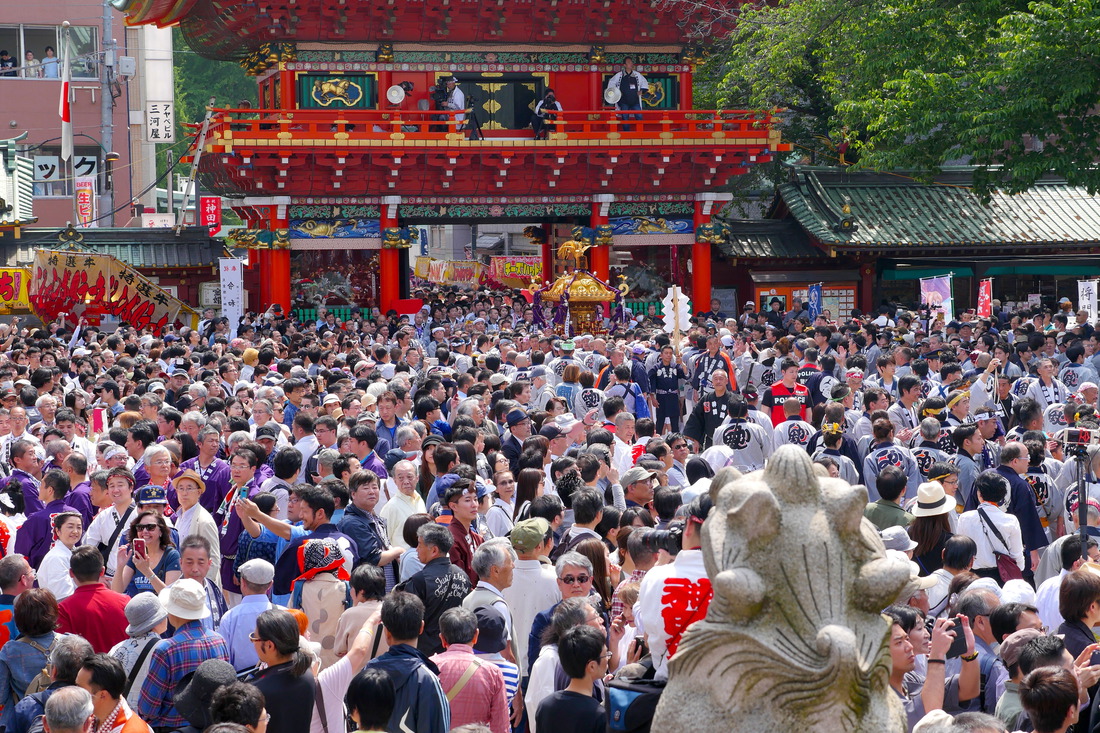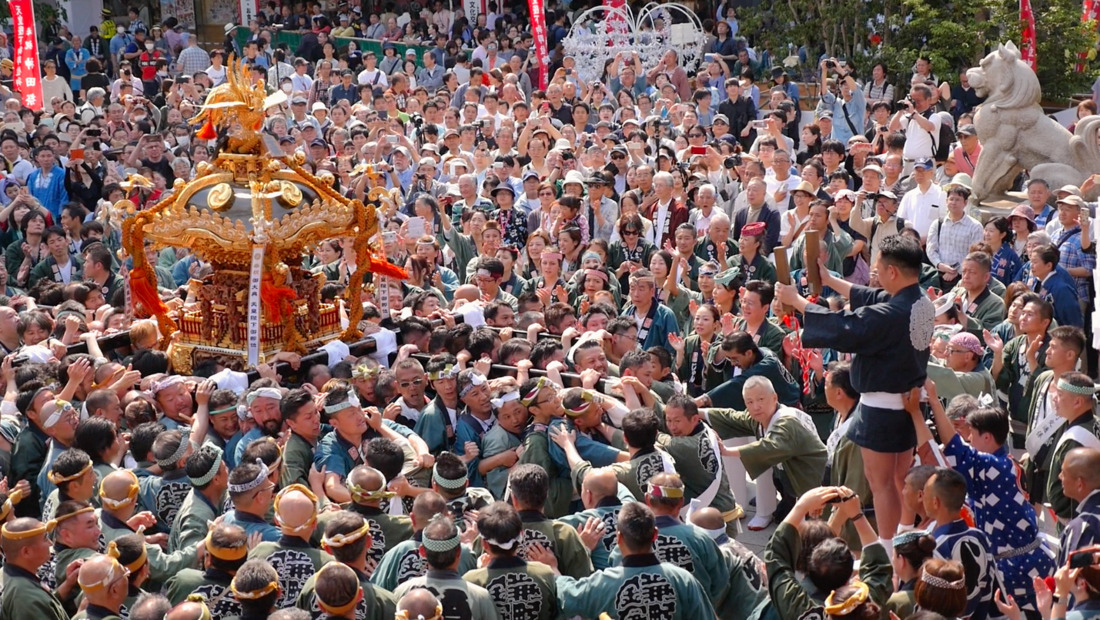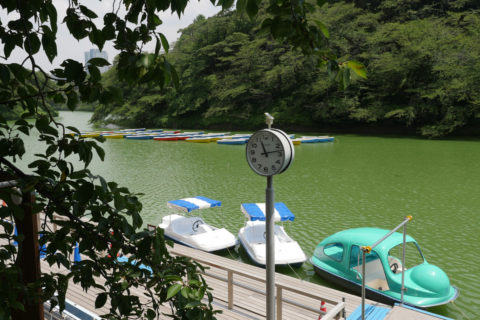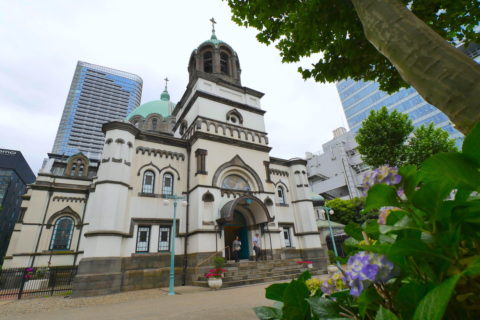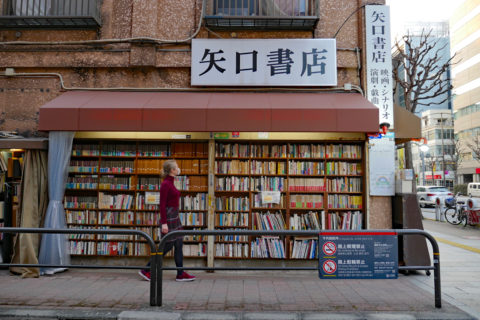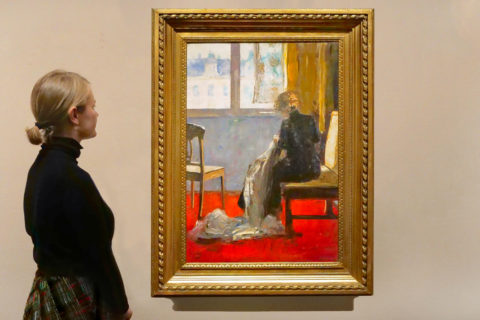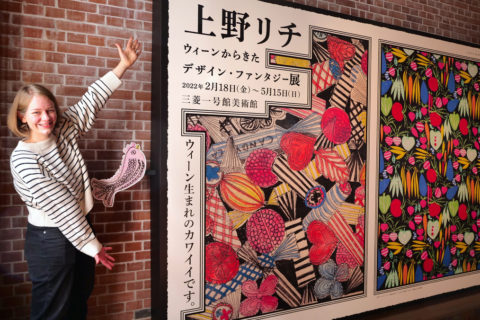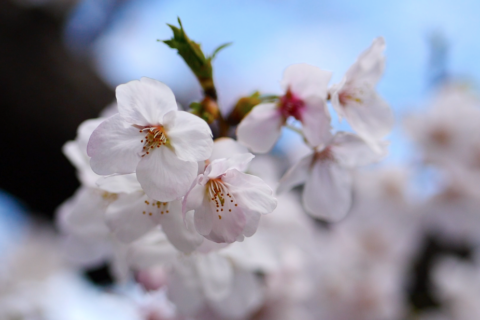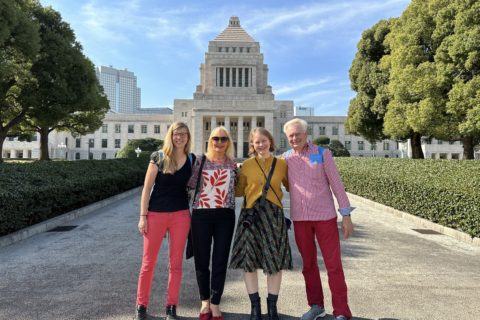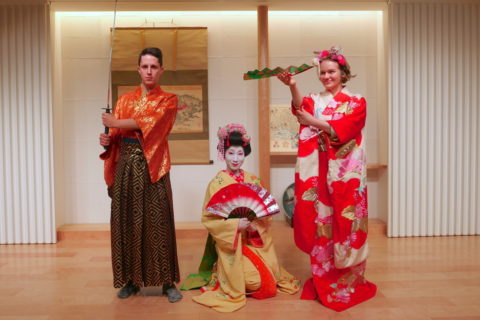The Kanda Matsuri Festival takes place every two years at the Kanda Myojin Shrine at Akihabara. Due to its size and splendor, this festival is not only considered one of Tokyo’s three big festivals, but also one of the three big festivals in Japan. In this article, I would like to introduce you to the charm of the Kanda Matsuri Festival, which I experienced this year for the first time.
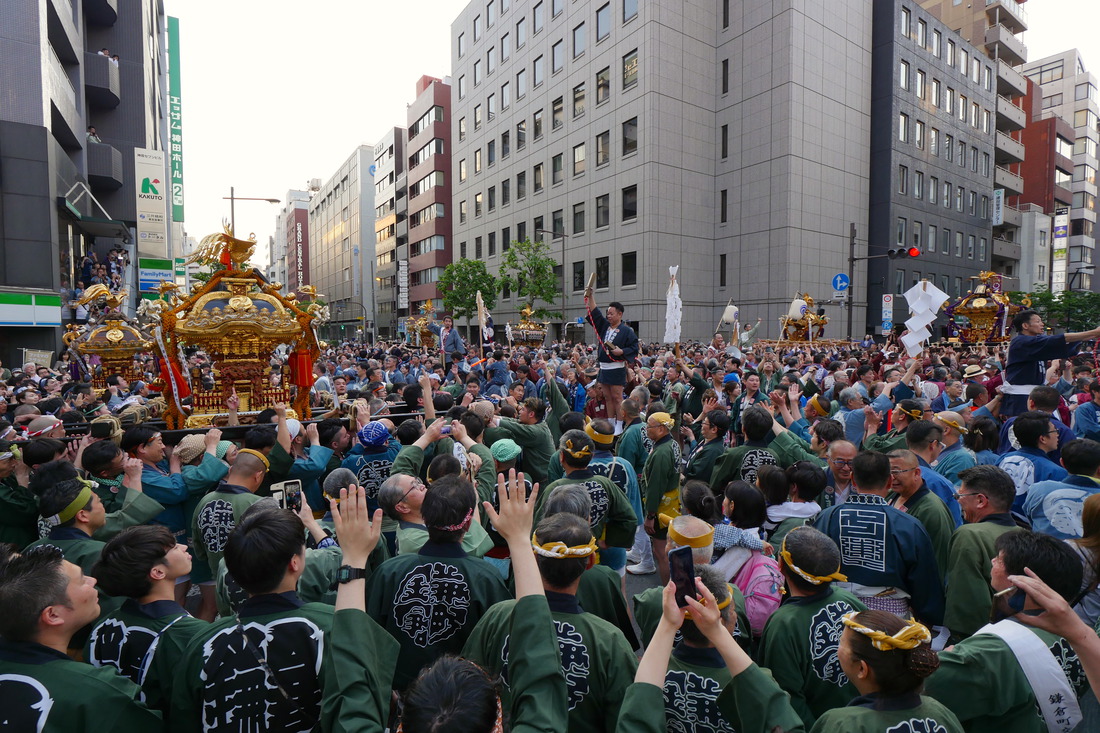 The whole neighborhood gets together at this exciting festival
The whole neighborhood gets together at this exciting festival
When Edo (now Tokyo) became the center of Japan 400 years ago, the Tokugawa Shogunate declared the Kanda district in Tokyo “the city of commerce.” At that time, various industries settled in Kanda, such as wood processing, blacksmithing, dyeing, and greengrocers. Kanda Matsuri Festival takes place every two years. During that time, the residents of the neighborhood thank the gods of Kanda Myojin Shrine for their successful businesses and pray for prosperity.
Content
Highlights and must-sees of Kanda Matsuri Festival
The highlight of the “Kanda Matsuri Festival” is its three big parades that process through central Tokyo.
The “Shinkosai” parade and the “Tsukematsuri” parade are a chance to see the traditional culture of the Edo period up close. However, at the “Mikoshi Miyairi” parade the residents of the neighborhoods and their magnificent portable shrines (mikoshi) are the center of attention.
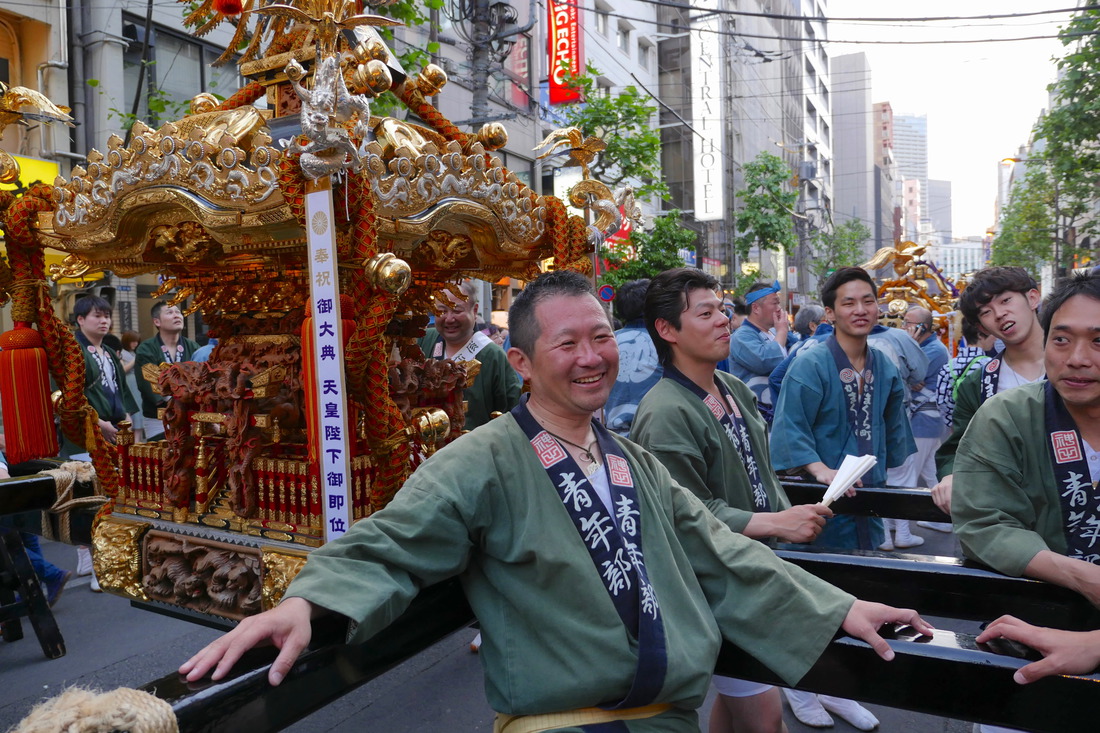
1) “Shinkosai” – Gods parading in the middle of the city
At Kanda Myojjin Shrine three deities are worshiped: the god of wealth and marriage “Daikoku”, the patron of fishermen and merchants “Ebisu” and the god of disaster prevention as well as the hero of the people “Masakado”.
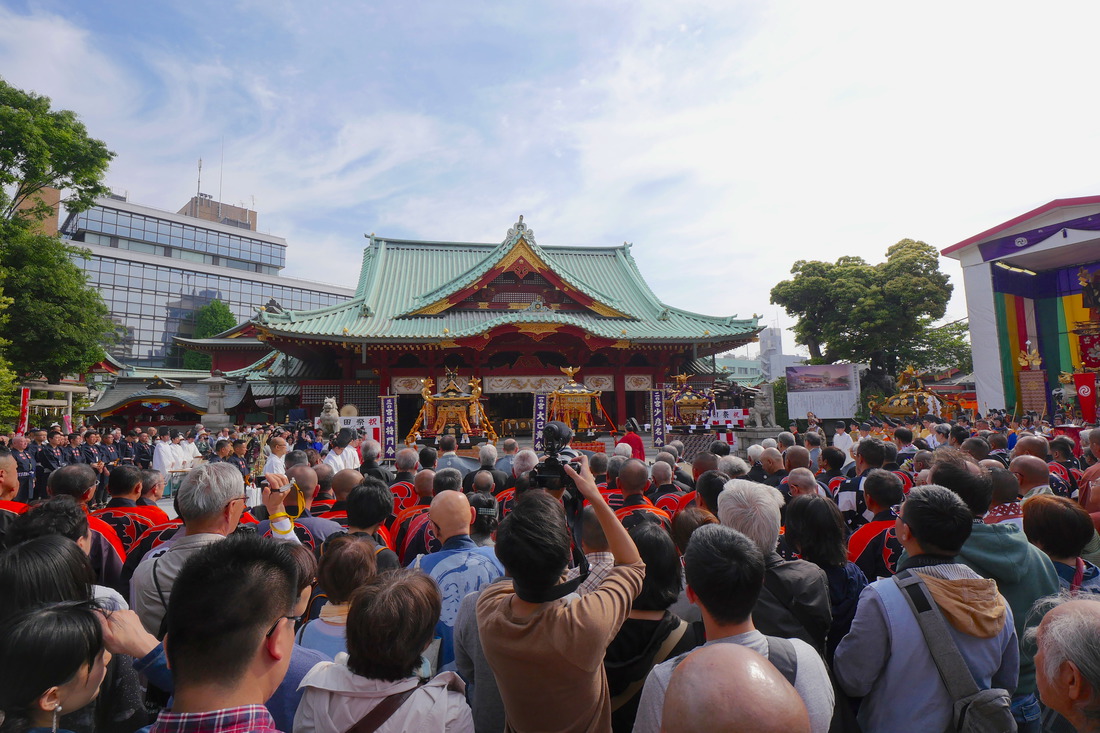
During a ceremony, these deities (kami) are transferred into two luxurious palanquin vehicles (horen) and a portable shrine (mikoshi). Later the floats process slowly through the city in a long parade. They visit each of the so-called ujiko communities (= members of the shrine’s parish). The length of the route is about 30 km!
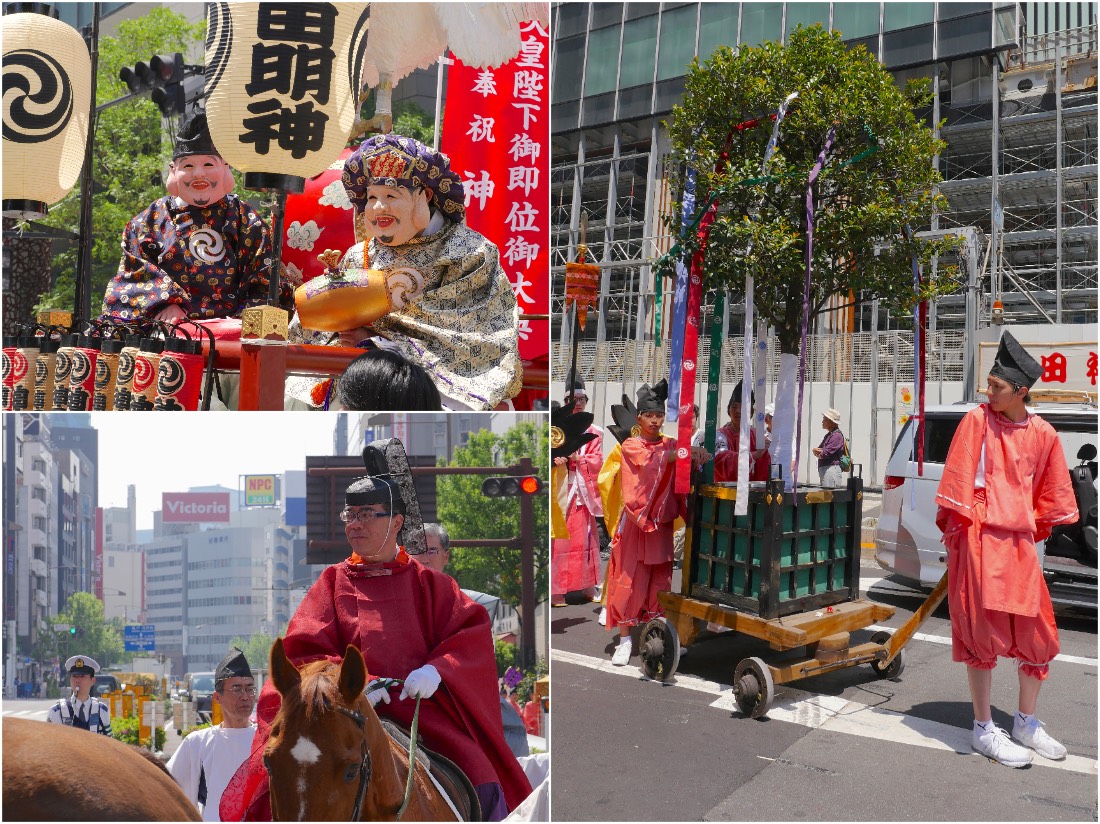
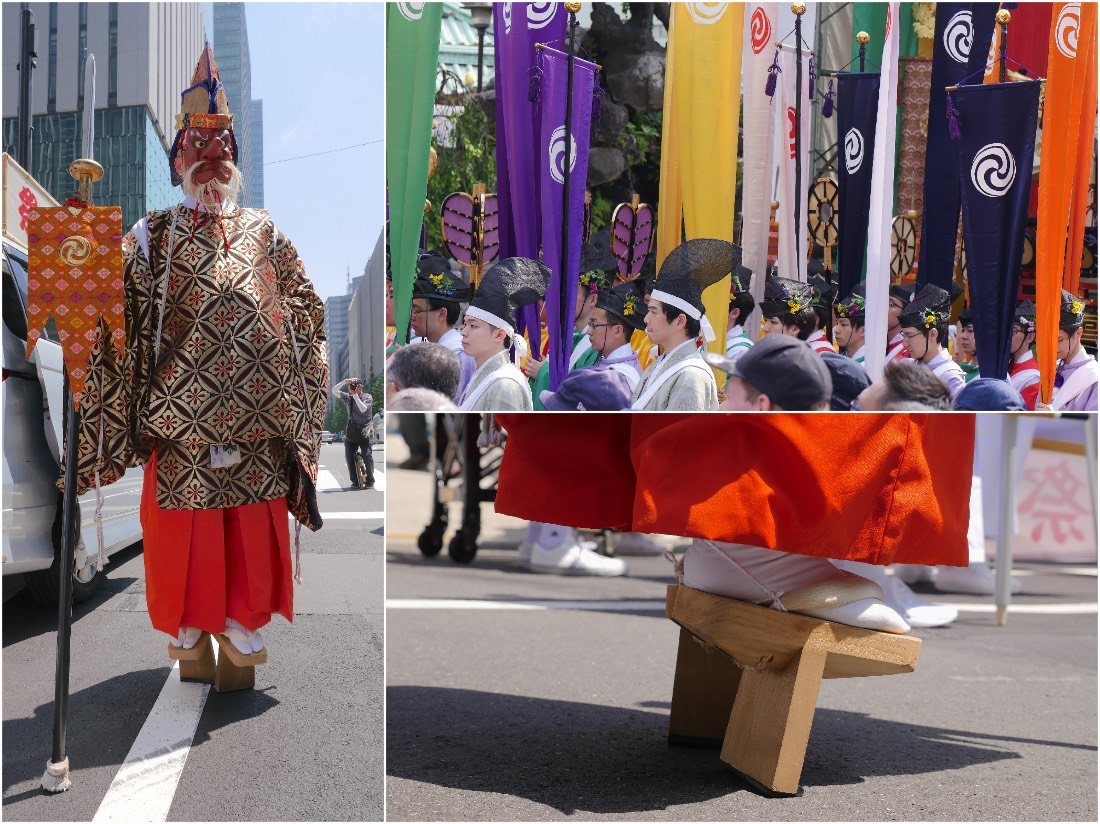
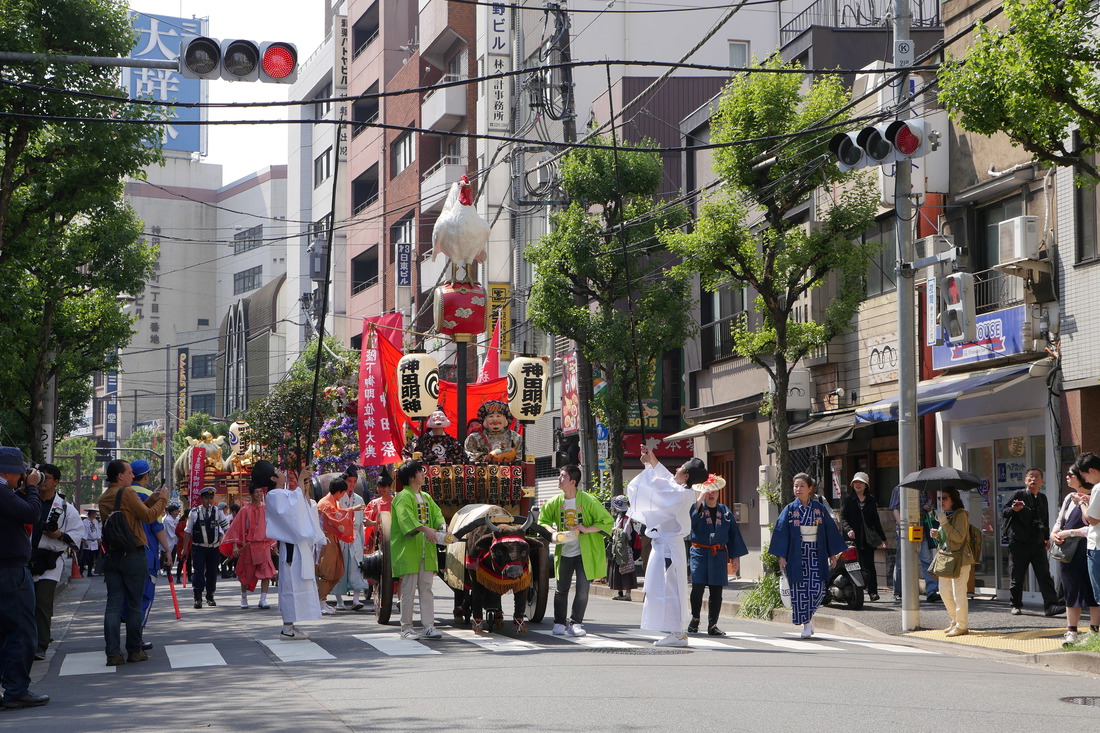
2) “Tsuke-Matsuri” – the colorful Edo parade
Halfway, the “Shinkosai” procession gets company. Charming floats reflecting Edo culture join the parade. The almost 700-meter long parade then passes along the main street at Nihonbashi. What a sight! This unique and colorful festival parade is one of the biggest attractions of the Kanda Matsuri Festival!
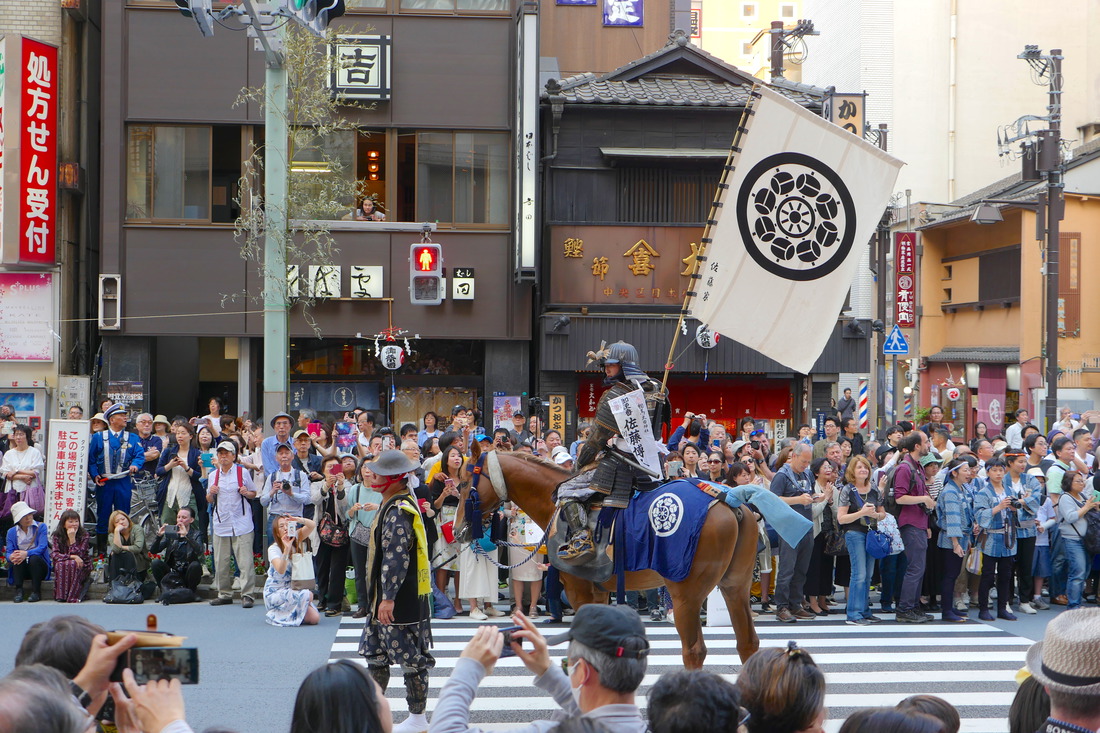
3) “Mikoshi-Miyairi” – the festival climax at the Kanda Myojin Shrine
The day after the “Shinkosai” procession, the focus of the festival shifts to the neighborhoods and their portable shrines (mikoshi). The inhabitants of 108 neighborhoods carry over 200 mikoshi to the Kanda Myojin Shrine. Every mikoshi holds a “shintai”. These are Kanda’s deities that a high priest of the Kanda Myojin Shrine has previously transferred to the mikoshi. Residents of the neighborhood now carry the portable shrines to Kanda Myojin Shrine to return the deities.
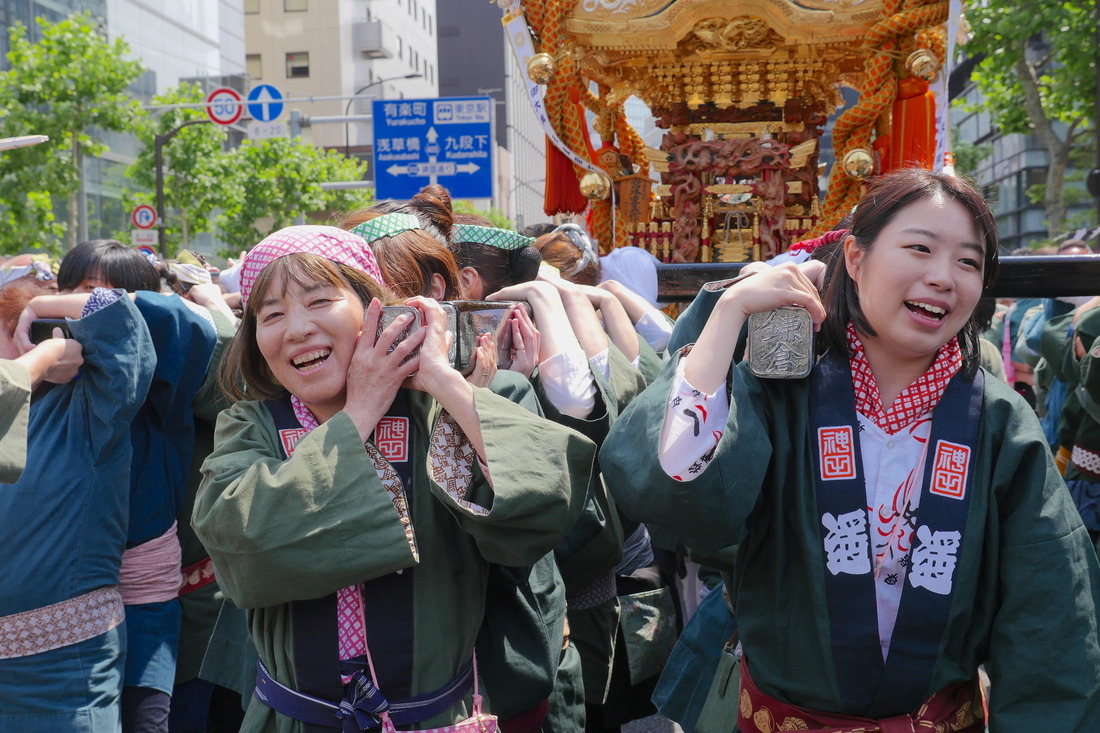
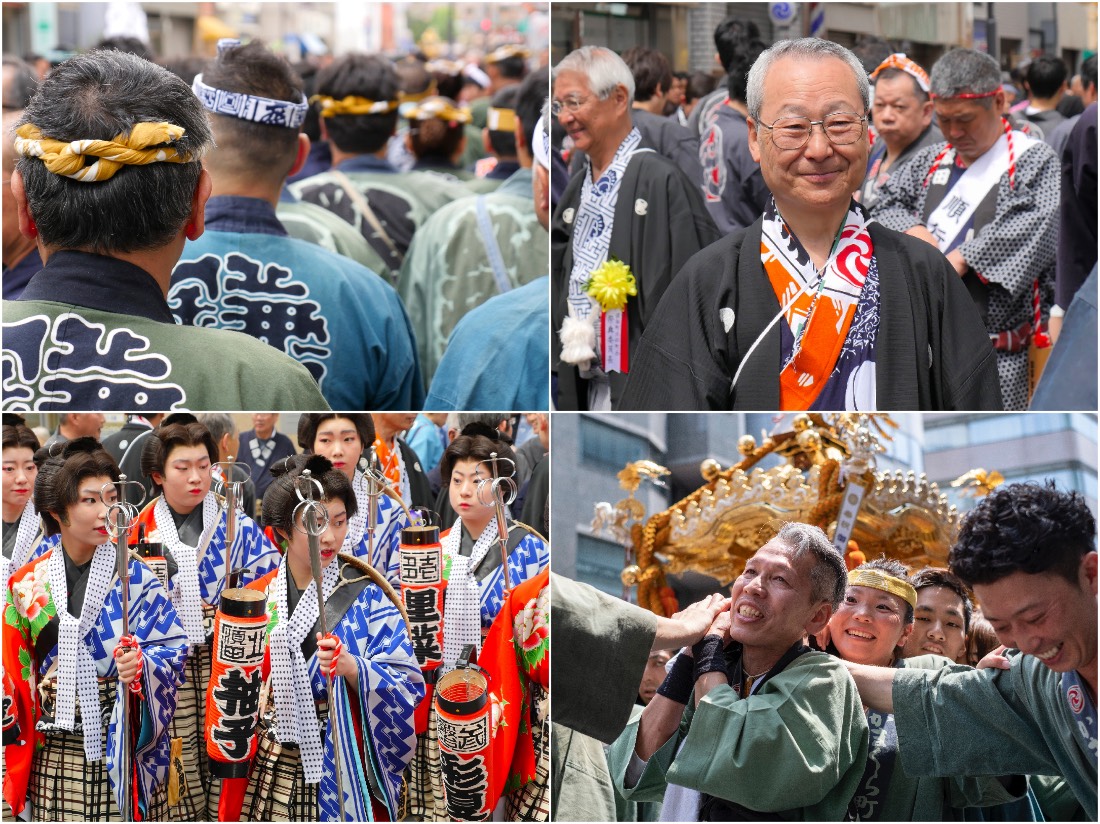
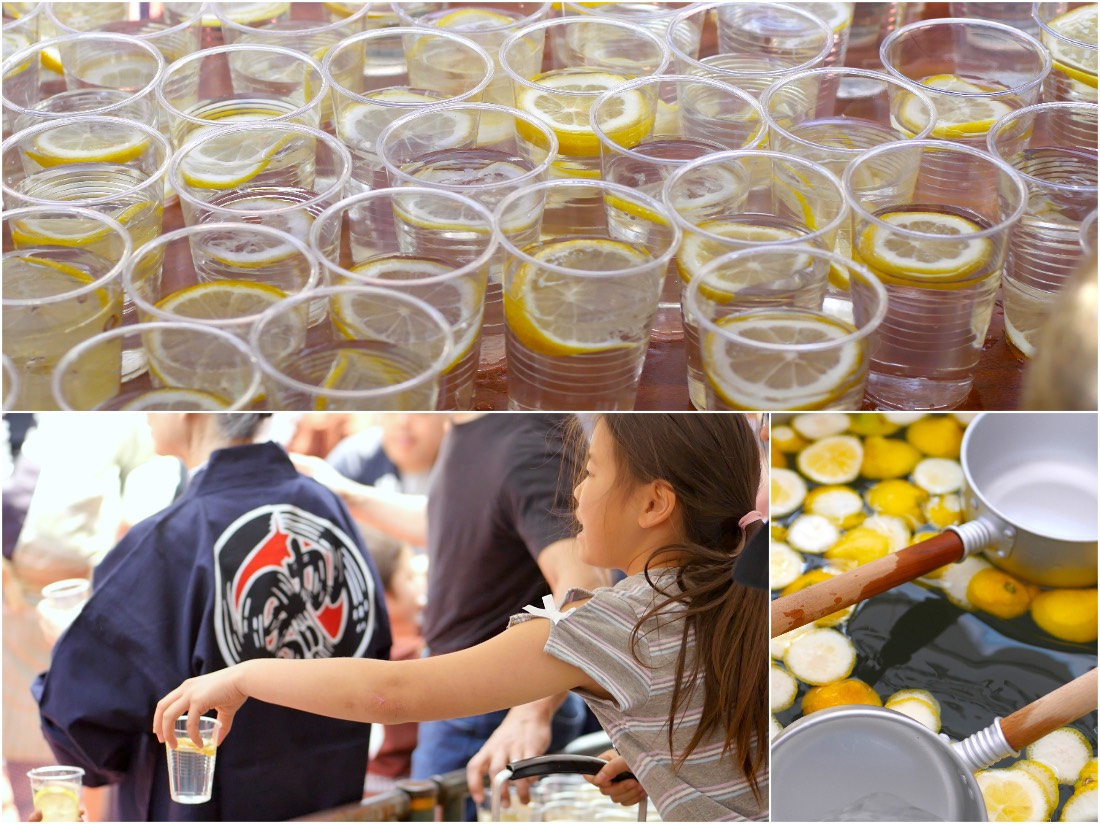
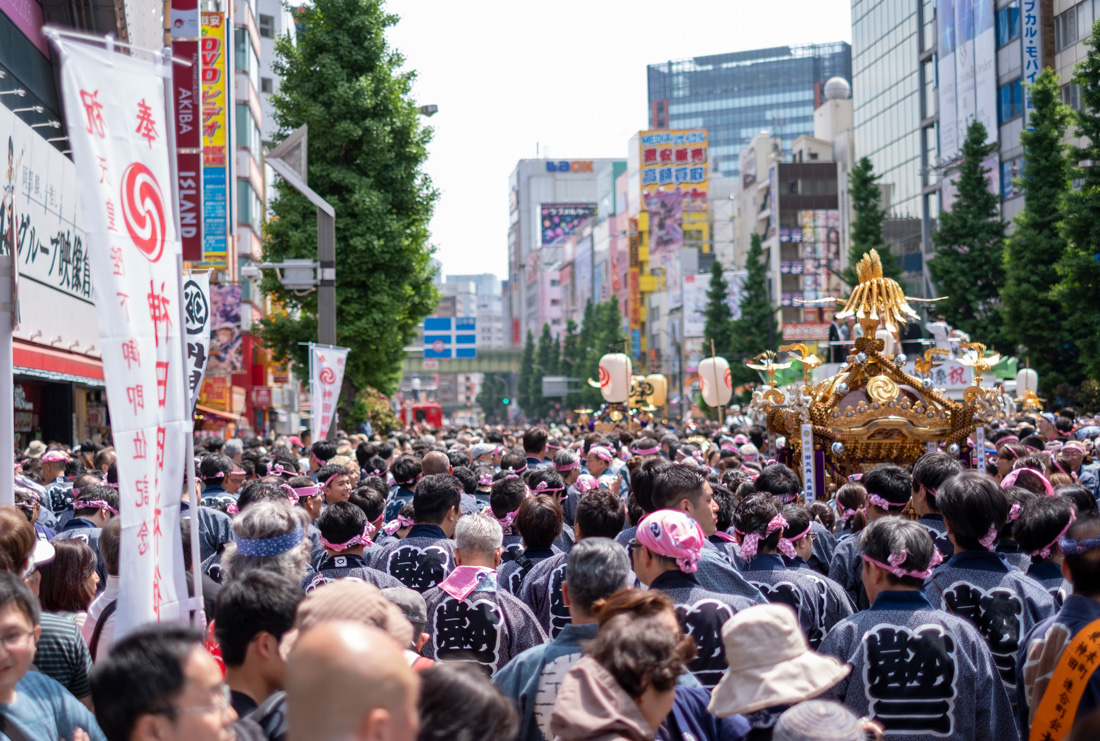
Although tourists can’t participate in the festival, there are more and more foreign participants. They are relatives and friends of local residents or work in one of the neighborhoods.
The highlight is “Miyairi”!

The absolute highlight is when the portable shrines arrive on the grounds of the Kanda Myojin Shrine. This is where the “Miyairi” takes place. Accompanied by loud cheering and applause, the mikoshi is lowered in front of the main hall of the shrine.
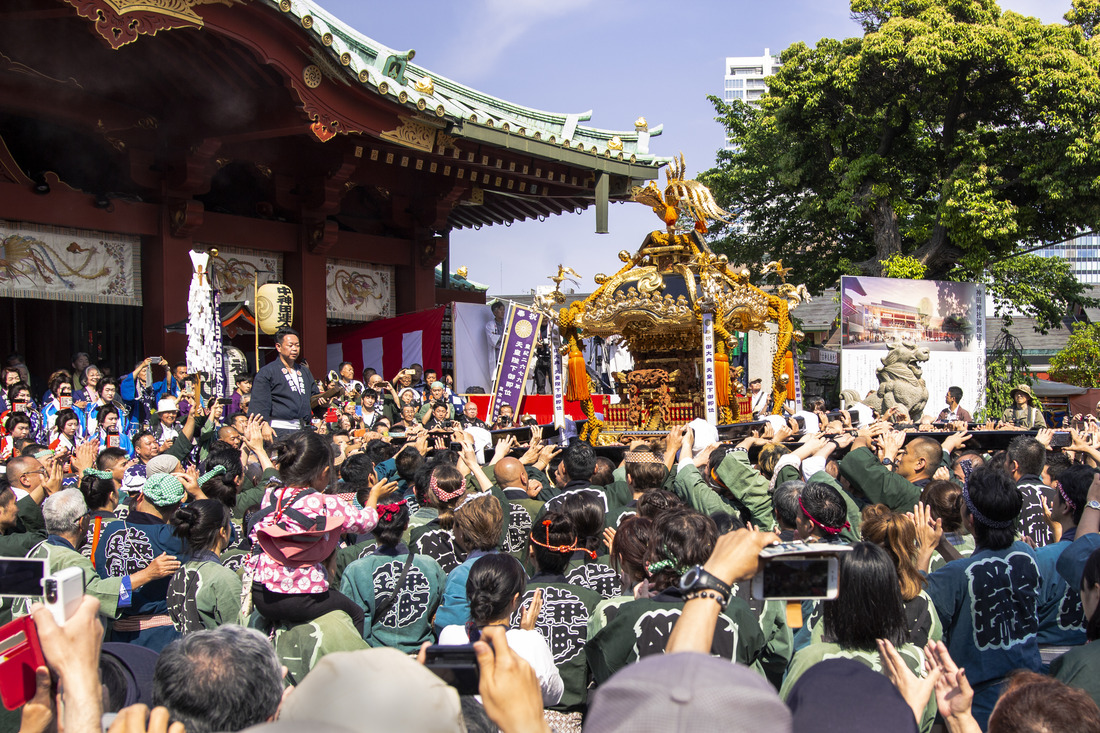
At Miyairi, aesthetics count. Sometimes, the groups need two or three tries until the Miyairi is a success. The mikoshi leader alone decides when his group is “successful.” With two wooden blocks, he gives instructions on how to move the mikoshi. If the group has become “one” in his opinion, the attempt is considered a success.
Don’t miss this highlight! It’s an amazing sight and you can really feel when the Mikoshi group becomes one with their mind and soul.

The Kanda Matsuri Festival has many great moments. One example is the aforementioned “Miyairi”, the funny “Tsuke-Matsuri” parade and the loud calls of the Mikoshi wearers. Therefore, I’m not exaggerating when I say that the Kanda Matsuri Festival is one of the best opportunities to experience first-hand Japanese Edo culture. It’s a tradition that has lost none of its splendor even today.
If you have the opportunity, be sure to visit the next Kanda Matsuri Festival!
Kanda Myojin Shrine
(2-16-2, Soto-Kanda, Chiyoda-ku, Tokyo)
https://www.kandamyoujin.or.jp/kandamatsuri/
Nearest Stations: Ochanomizu Station, Shin-Ochanomizu Station, Akihabara Station, Suehirocho Station
Google Maps: https://goo.gl/maps/GGQXvgpT1wuS2Ucz7


